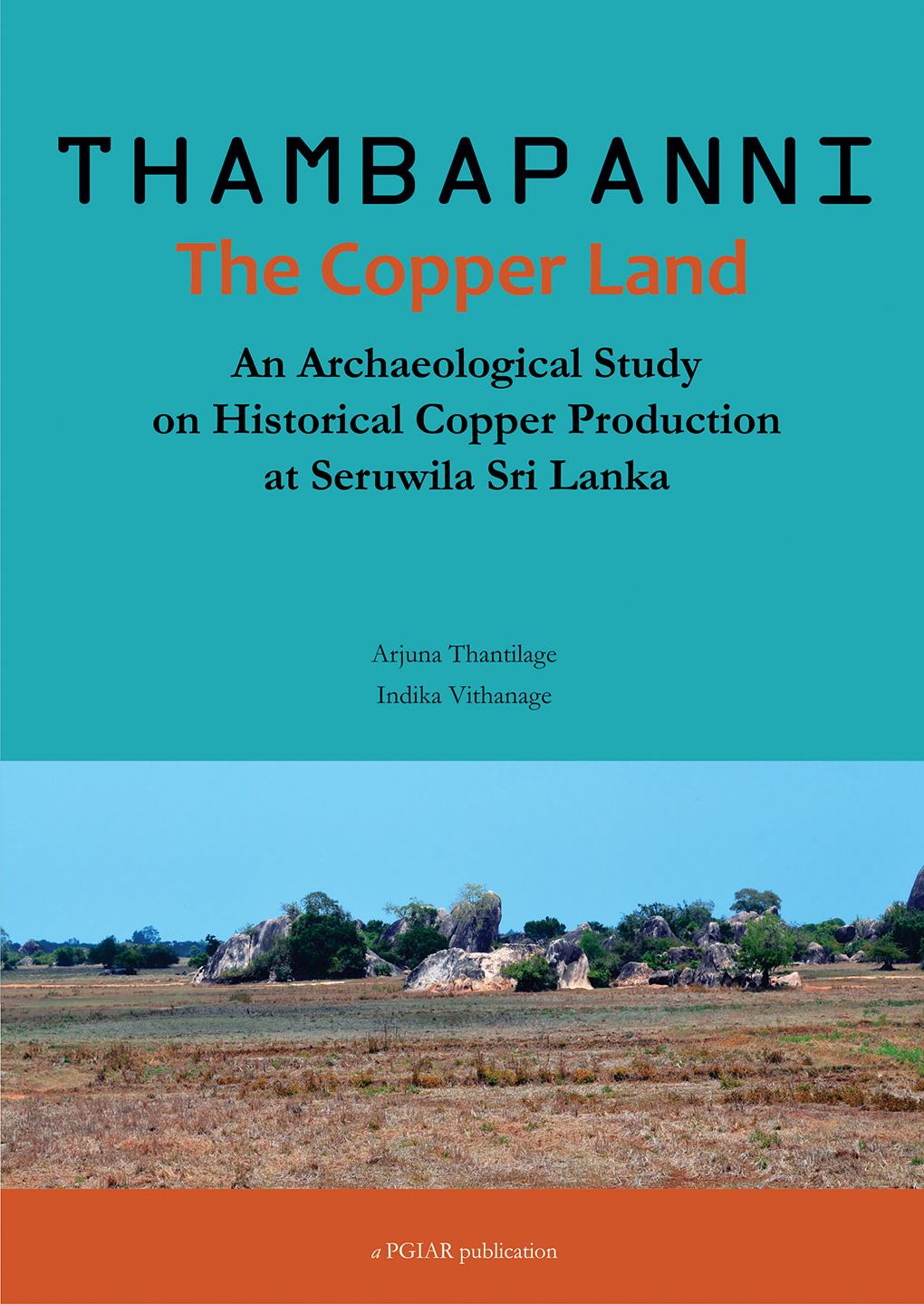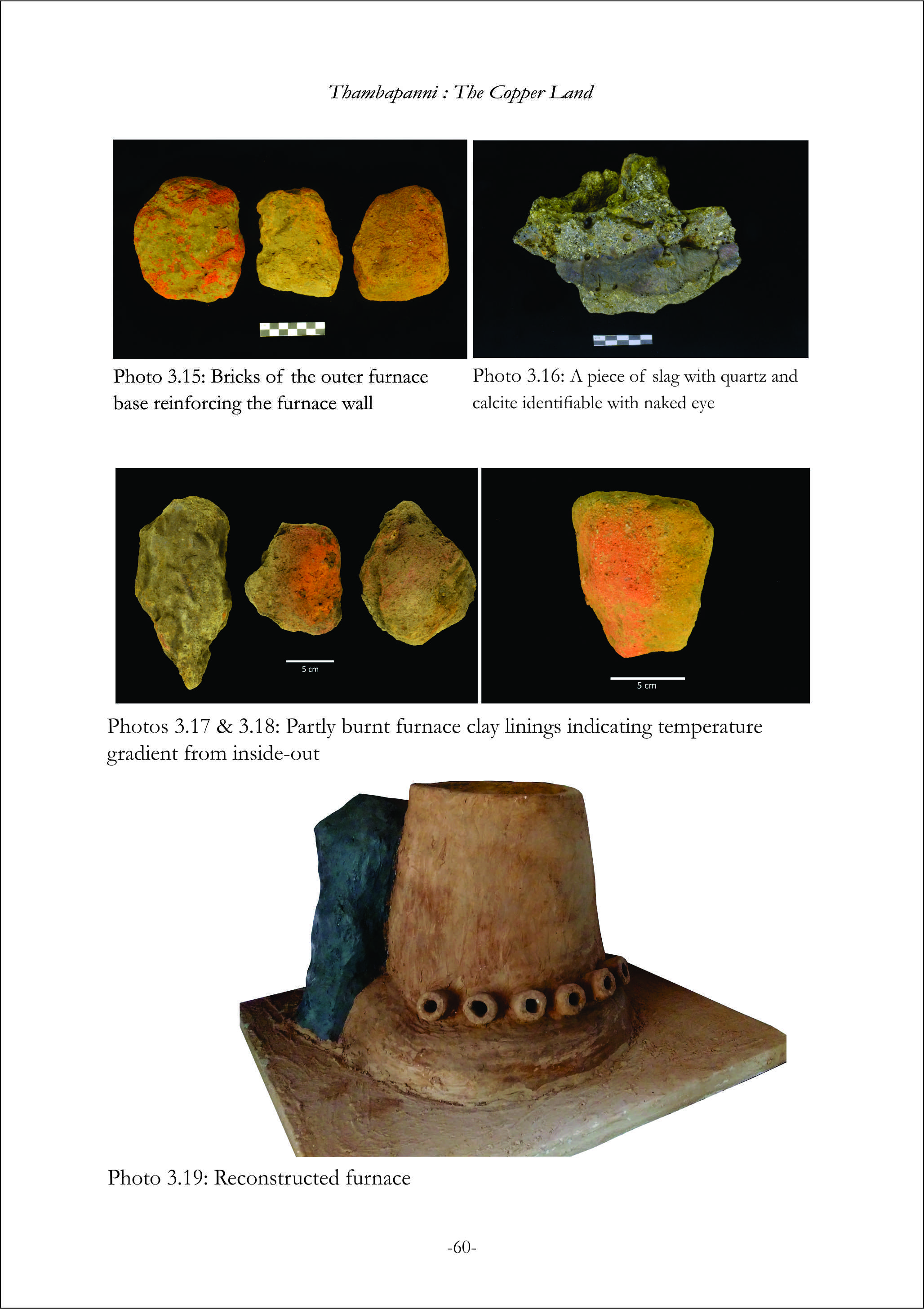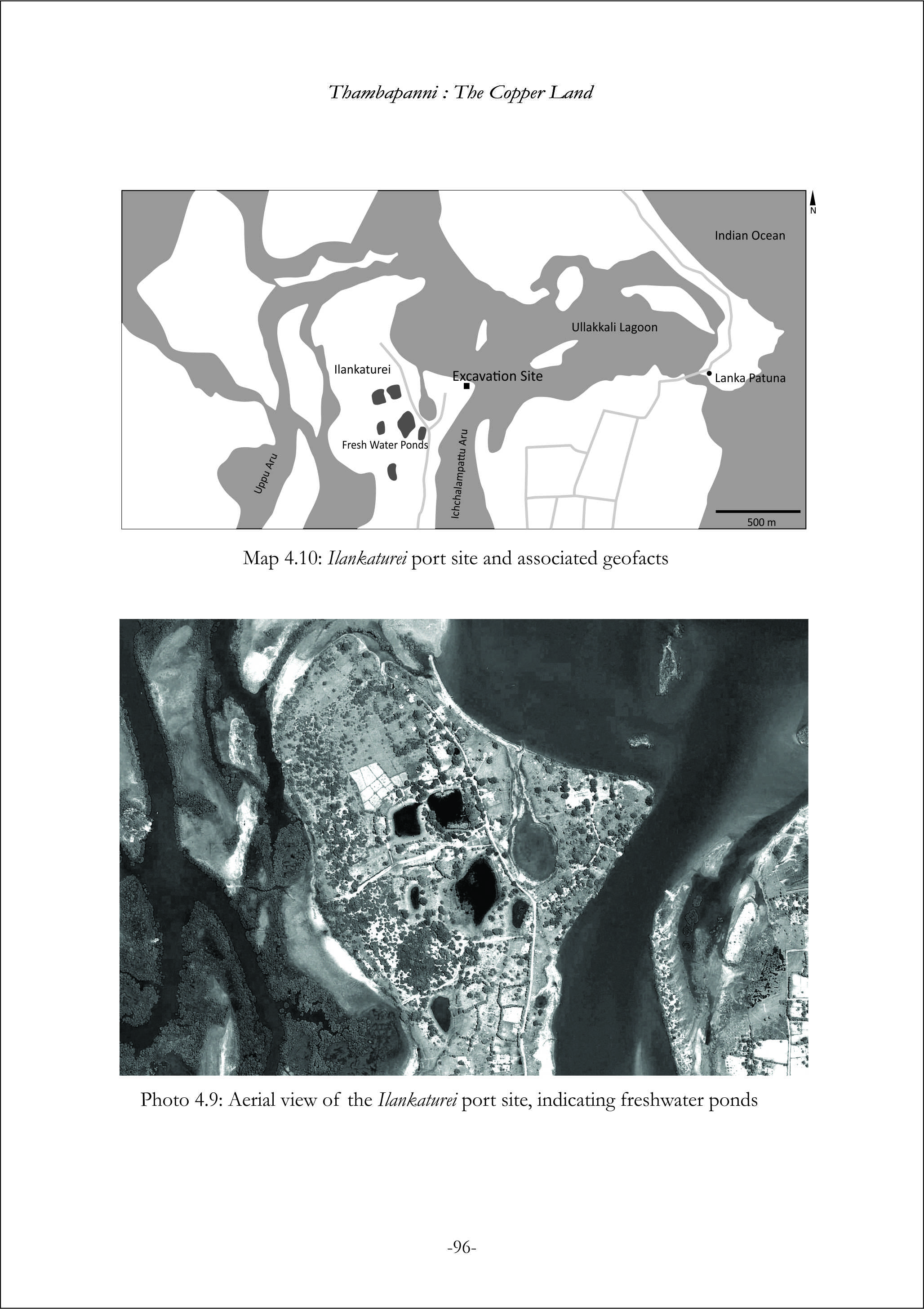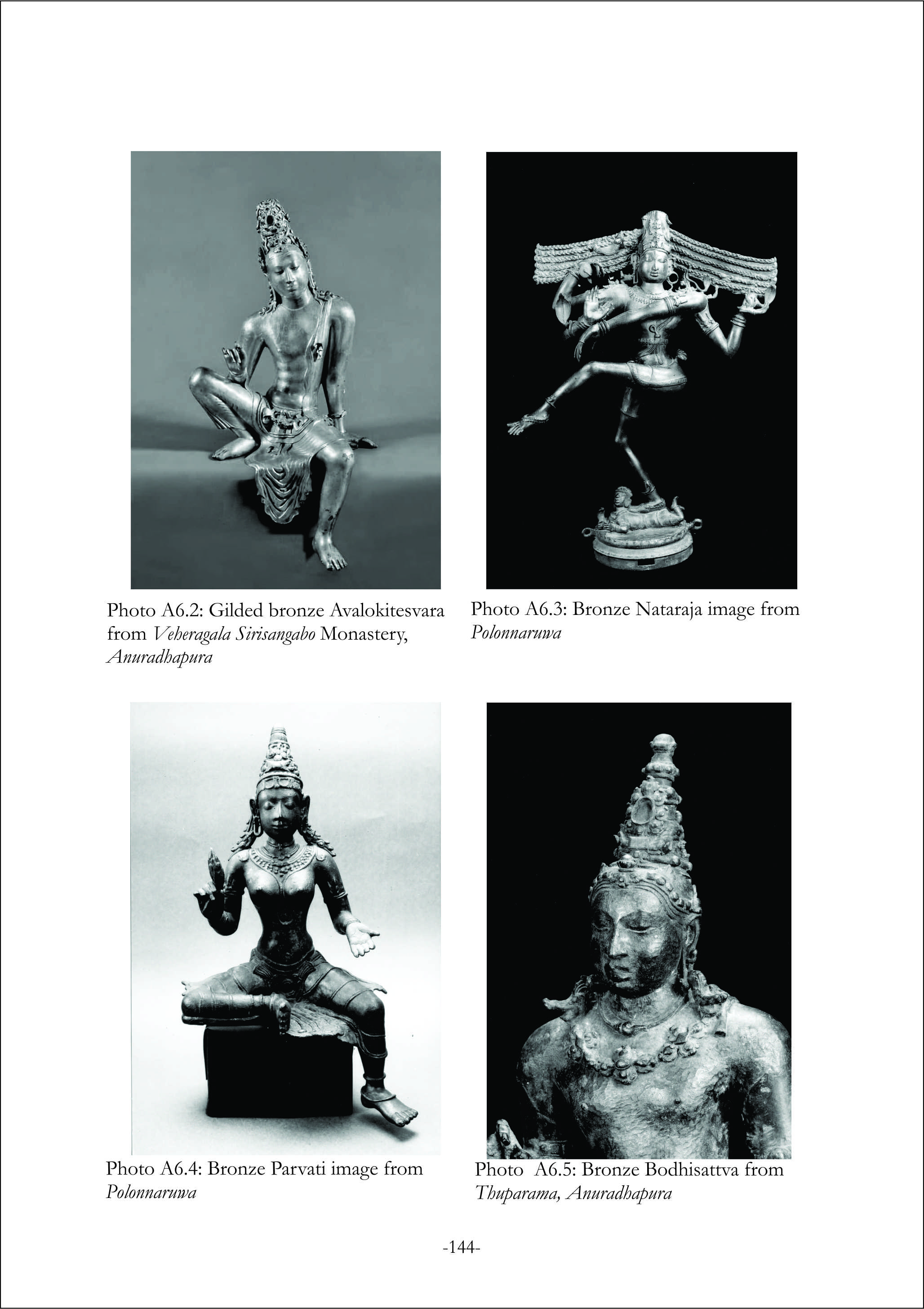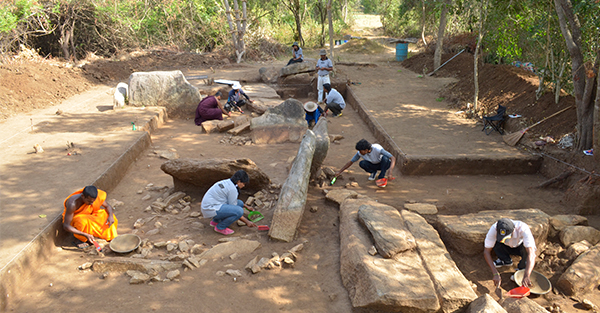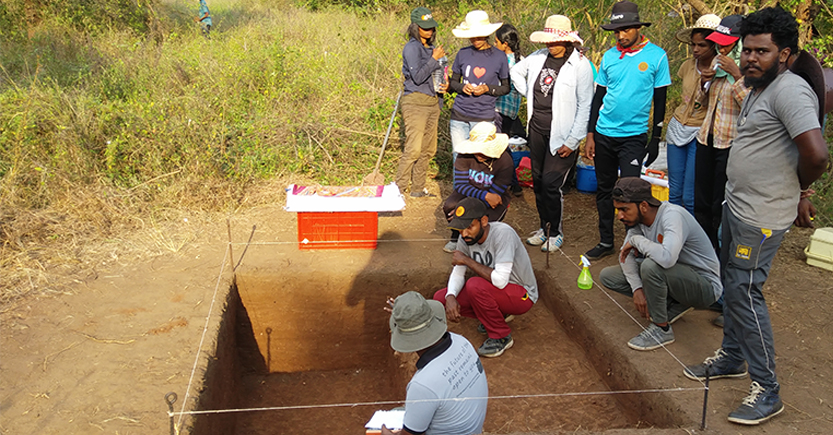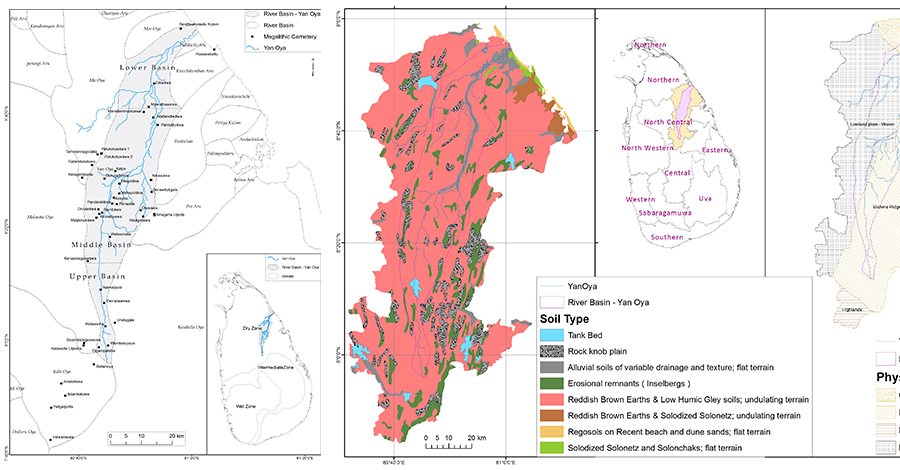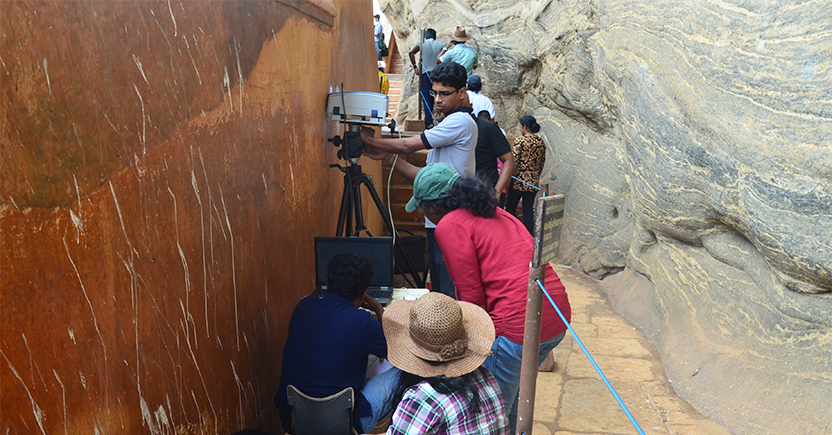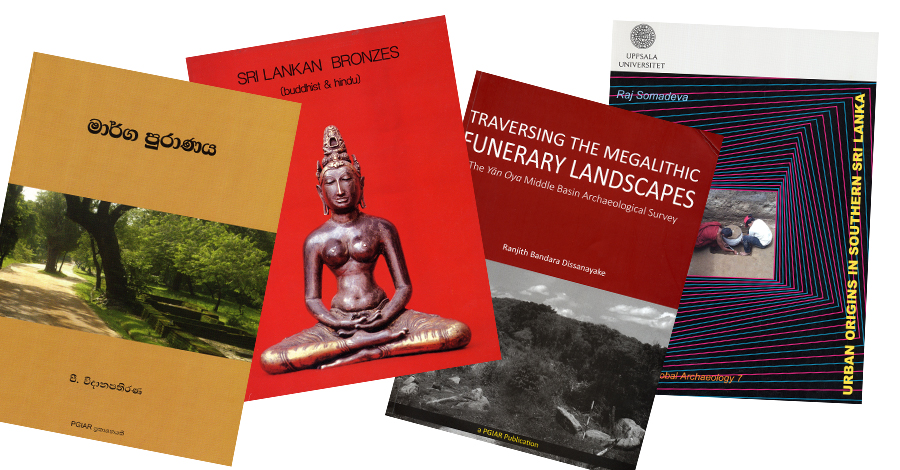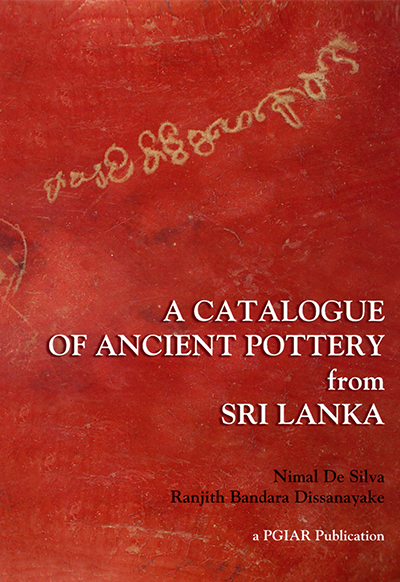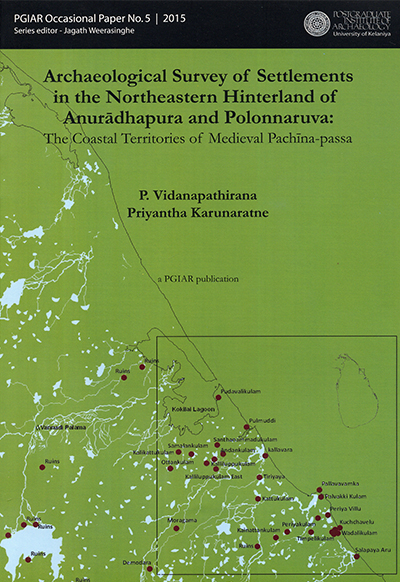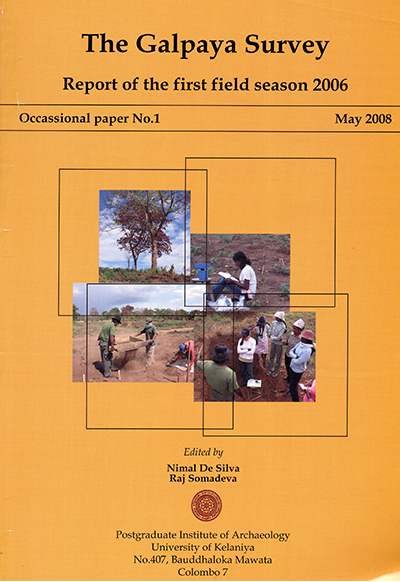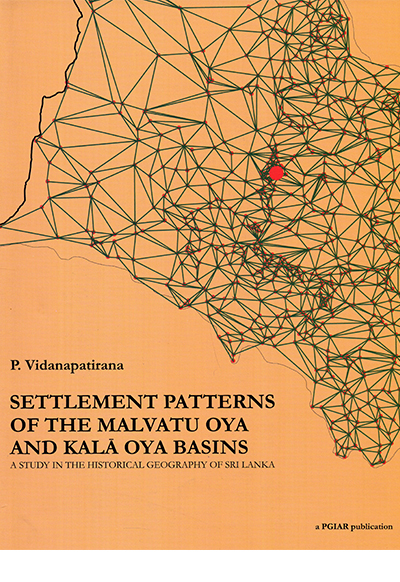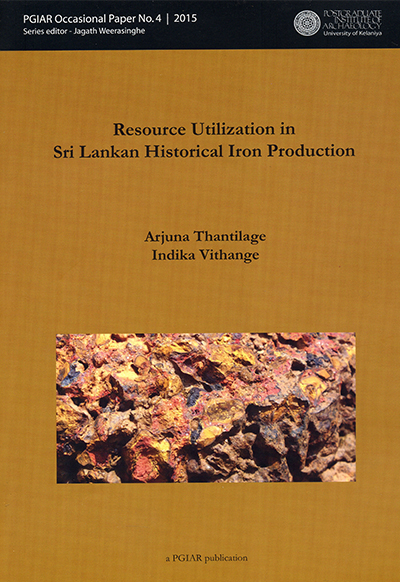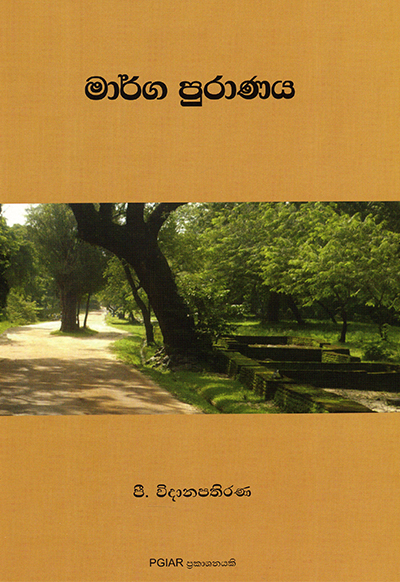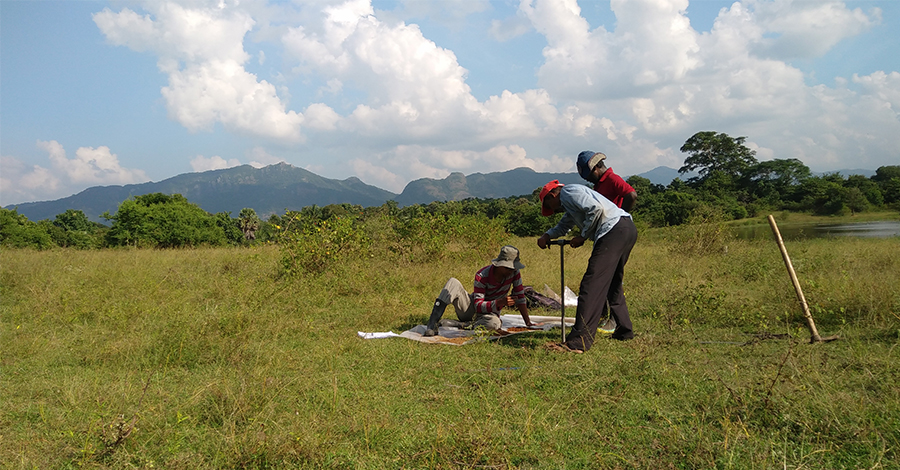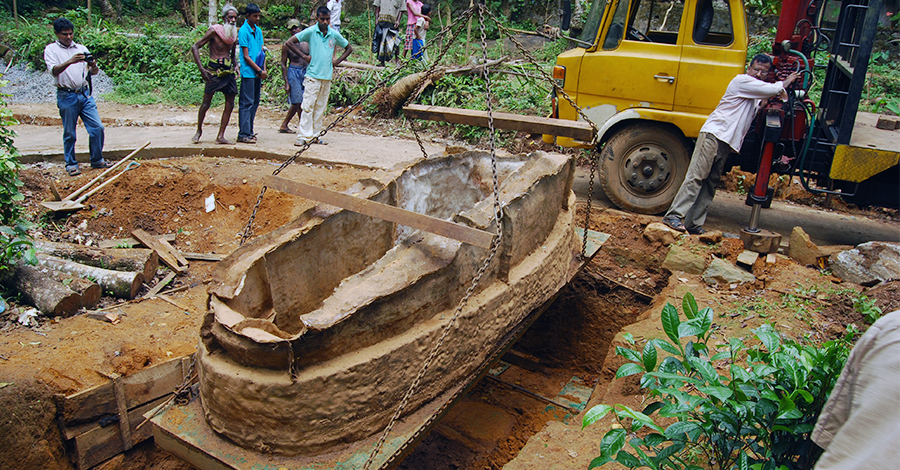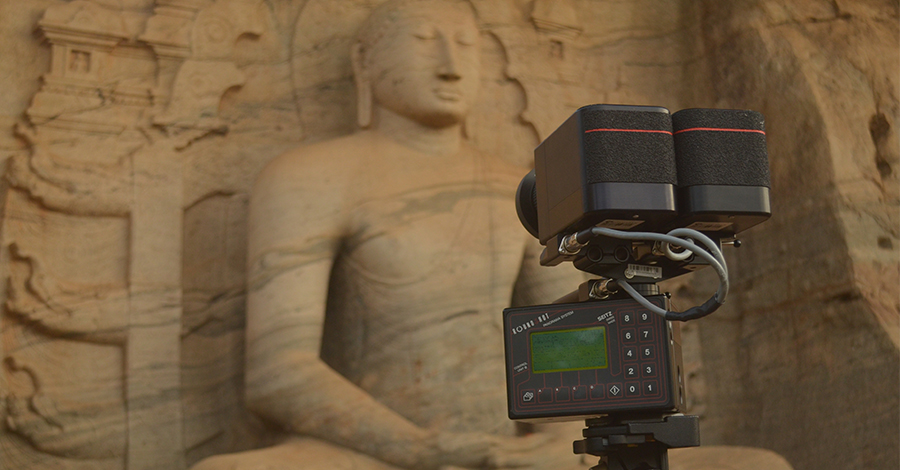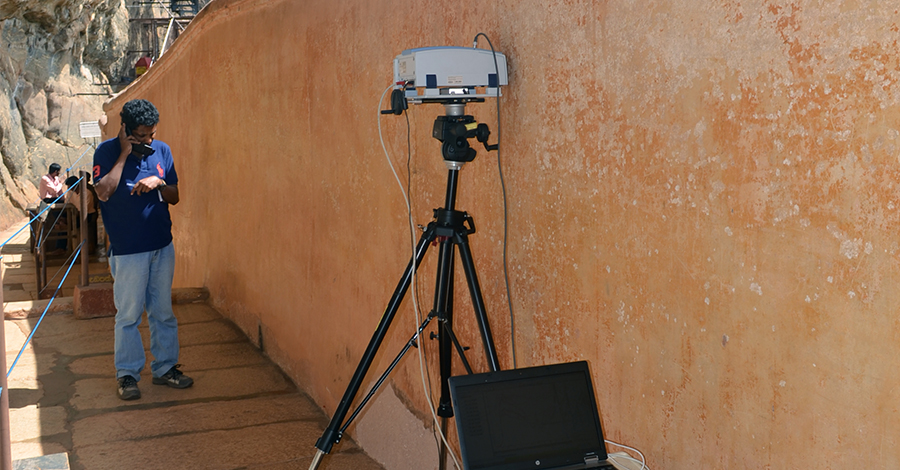PGIAR - Recent Publication
Thambapanni: An Archaeological Study of Historical Copper Production in Seruwila, Sri Lanka
Several historical texts from Sri Lanka briefly mention the discovery of copper on the island, yet these sporadic references fail to unveil the profound reality of a robust copper industry that thrived from at least the 4th century BCE, if not earlier. This industry, which primarily catered to international trade, remained hidden in the shadows until recent archaeological investigations brought it to light.
Within the pages of this book unfolds the narrative of an archaeological exploration, unearthing the significance of this copper industry—a testament to what might well be Sri Lanka's earliest industrial endeavor. Stretching its influence to the global stage, this industry played a pivotal role, shaping the nation's historical trajectory over the course of centuries.
Embark on a journey through time as we unravel the legacy of Sri Lanka's copper industry and how its resonance can reverberate through the annals of history. This book stands as a testament to the profound insights that archaeological inquiry can bring, breathing life into enigmatic epochs of the past.
Research & Publication - PGIAR
following subject areas as its research terrains
Current Research
Human and Faunal material from Prehistoric and Historic strata in Sri Lanka
Studying of all human skeletal materials and faunal remains unearthed from archaeo-logical sites in Sri Lanka will be undertaken in this research.
Glass and Glaze’: production and Use of Glass and Glaze in Ancient Sri Lanka
Yan Oya Middle Basin Mortuary Archaeology Research Project (YOMB)
Settlement Pattern Study of Upper Ma Oya
settlement distribution pattern in the landscape chronologically and geographically, which includes getting holistic view of the social dynamics from the prehistoric period to the late historic period.
Hunter Transition
Palaeo-environment: -Social-Ecological Dynamics in Rapid Economic Development: Infrastructure and coastal Change in South-eastern Sri Lanka
Image worship generated in Mahavihara at Anuradhapura
Religious and architectural mix bag of the image worship from 3rd Century BC to 10th Century AD.

